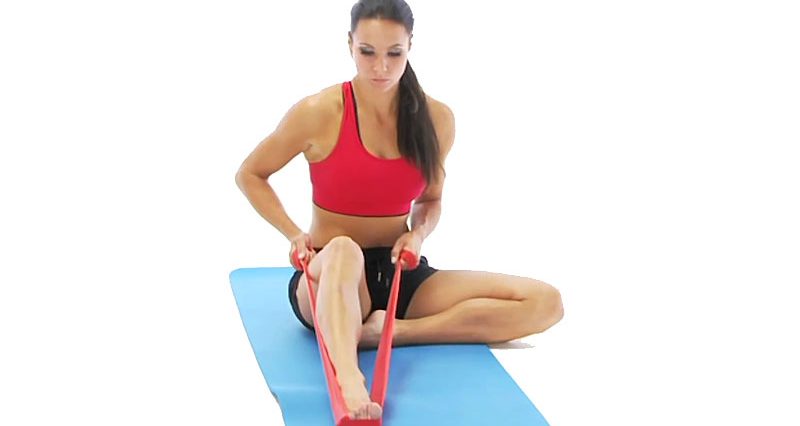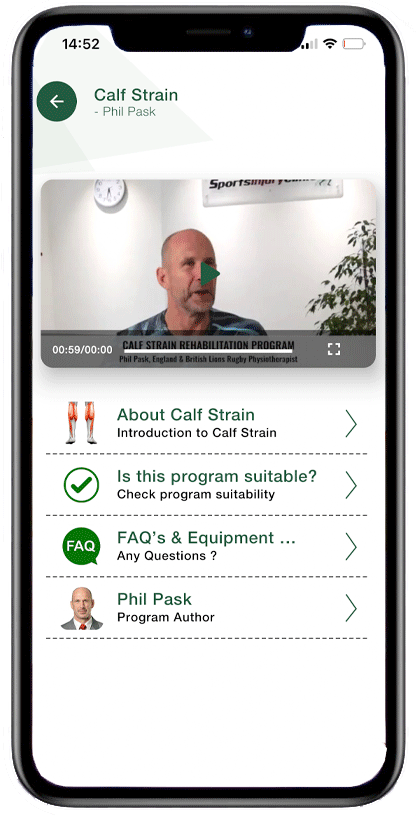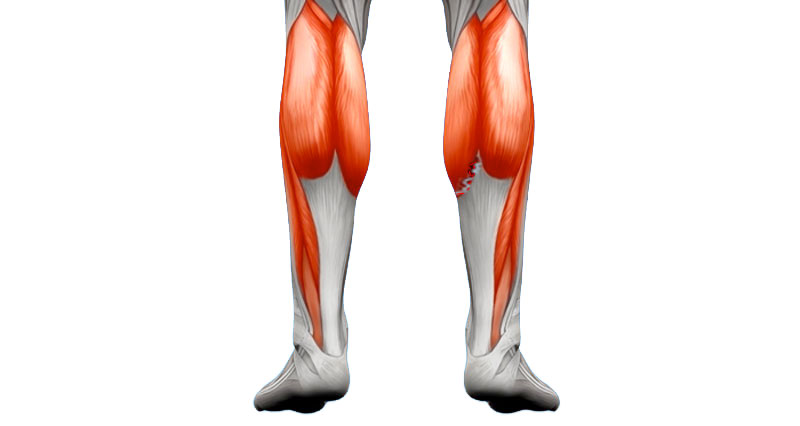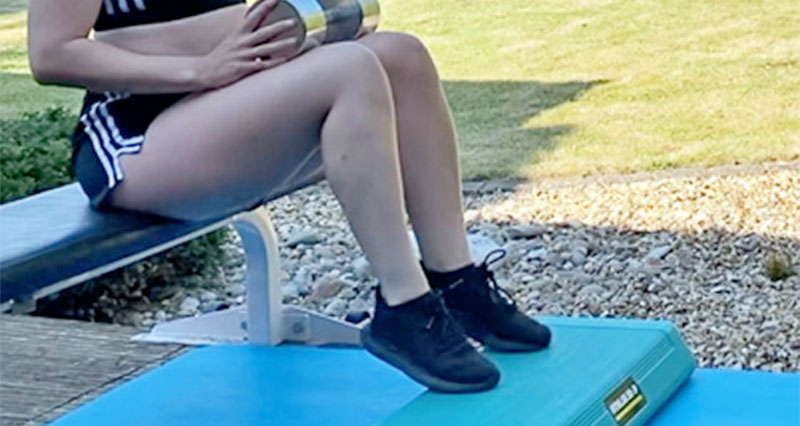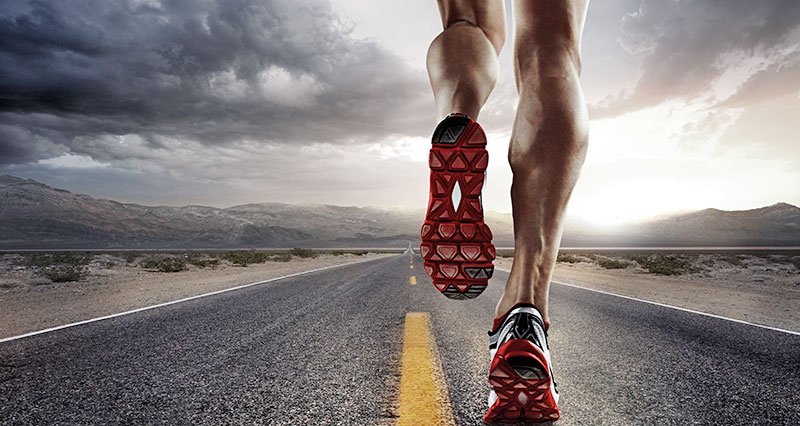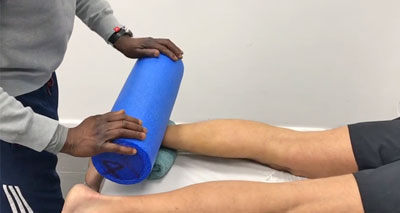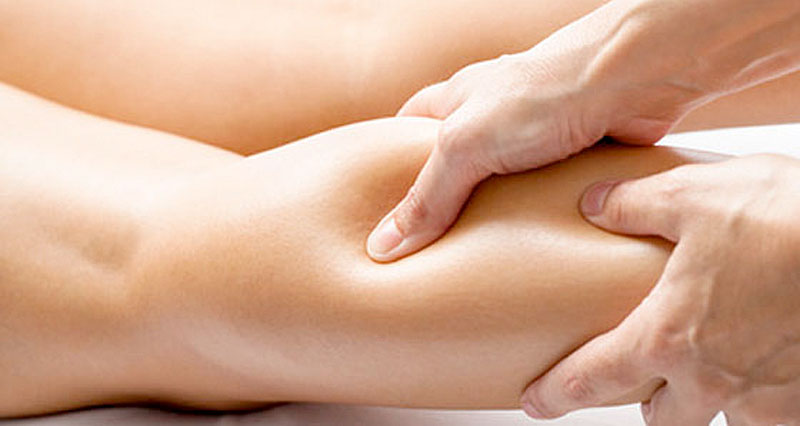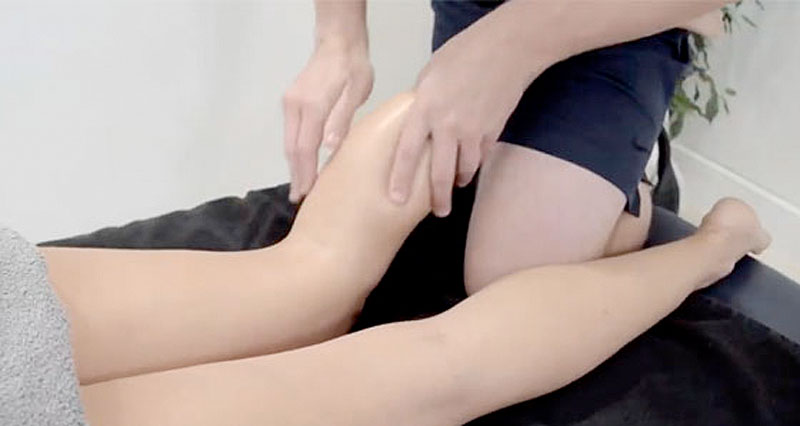The following calf strain exercises form part of our full torn calf muscle rehabilitation program. Created by elite sports physiotherapist Phil Pask it includes stretching, strengthening and movement control exercises.
When can I start Calf strain exercises?
Begin once the initial acute phase has passed and pain allows. This may be a couple of days or longer depending on how bad your injury is. However, there is nothing stopping you doing exercises which do not stress your calf muscles.
Stretching exercises for calf strains
Stretching exercises are an essential part of calf strain rehabilitation. However, avoid stretching in the early stages, especially the acute phase, immediately after injury. This is because you need your injury to heal and continually stretching the healing tissues isn’t going to help. Perform all calf stretching exercises pain free.
Later in the program you can stretch more. You should continue to stretch regularly, even when you are back to normal training as this helps mitigate the risk of your calf strain recurring.
Assessing flexibility
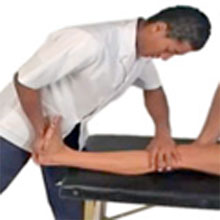
Before you begin calf strain exercises, it is a good idea to assess the flexibility of your calf muscles. One method of assessing calf muscle flexibility is to apply gentle pressure to the forefoot with the patient sitting with the leg out straight in front.
There will be a point where the resistance noticeably increases as the muscle begins to stretch. It is likely your therapist will feel this before you feel any noticeable stretch on your calf muscles.
Calf stretch straight & bent knee
The calf muscles consit of the larger gastrocnemius muscle and the smaller, deeper soleus muscle. The larger gastrocnemious originates above the knee, whilst the soleus originates below the knee and inerts via the Achilles tendon into the back of the heel. Therefore, to stretch both muscles effectively, your knee should be straight to stretch the gastrocnemious and bent for the soleus.
Sustained calf stretch
Sit with your legs out straight and attach an elastic resistance band around the balls of your feet. Pull back until you feel a gentle stretch in the calf muscles. Hold for 2 minutes and relax.
Lateral flat foot stepover
Keeping your feet flat, step over the mini hurdle from one side to the other then back again. Avoid going up on your toes as this loads the calf muscle.
Calf strain strengthening exercises
These exercises specifically strengthening the calf muscles. Our full program also includes exercises for the ankle joint in general as well as activation exercises for the hips and movement control exercises to improve proprioception and balance.
Isometric plantar flexion
Keeping your foot in a neutral position, pull up on the band whilst resisting any movement with your calf muscles.
Plantar flexion with band
Wrap a resistance band around your foot and push down against it with the ball of your foot. This lightly works the calf muscles as the move and is called an isotonic calf strain exercise.
Seated calf raise
Single leg hold in neutral
Stand on a step on the balls of your feet, keeping your foot in a horizontal, neutral position. Take one foot away so all your weight is on the injured leg. Hold for a few seconds without moving your foot then relax. Repeat 5 to 6 times as per the rehab program.
Double leg heel raise
Holding onto something to balance, raise and lower up and down on the balls of your feet. Make this exercise harder by progressing to single leg calf raise exercises.
Bent knee heel raise
Raise up and down on the balls of your feet but with your knees bent in a fixed position throughout the exercise. Again, make this harder by progressing to single leg calf stain exercises.
Pogo exercises for calf strains
With a resistance band (optional) around your ankles, bounce up and down on the spot and move forwards and backwards. Stay light on your feet and avoid bending your knees much. Try to make sure your calf muscles do most of the work but avoid completely straight legs to protect your knee joints.
Posterior chain exercises
These strengthen the hip and gluteal muscles. Although not specifically targeting the calf muscles, they are important.
Step down counterbalance front
Step down counterbalance side
Using a long pole to aid balance, step down slowly off the back of a step. Keep the movement slow and controlled all the way down, then return to the starting position.
Using a long pole to aid balance, step down slowly to the side. Keep the movement slow and controlled all the way down, then return to the starting position.
Heel raise in lunge
Go into a lunge position with your foot either flat on the floor, or slightly raised on a step or block. Keep in the lunge position as you perform heel raise exercises at the ankle.
